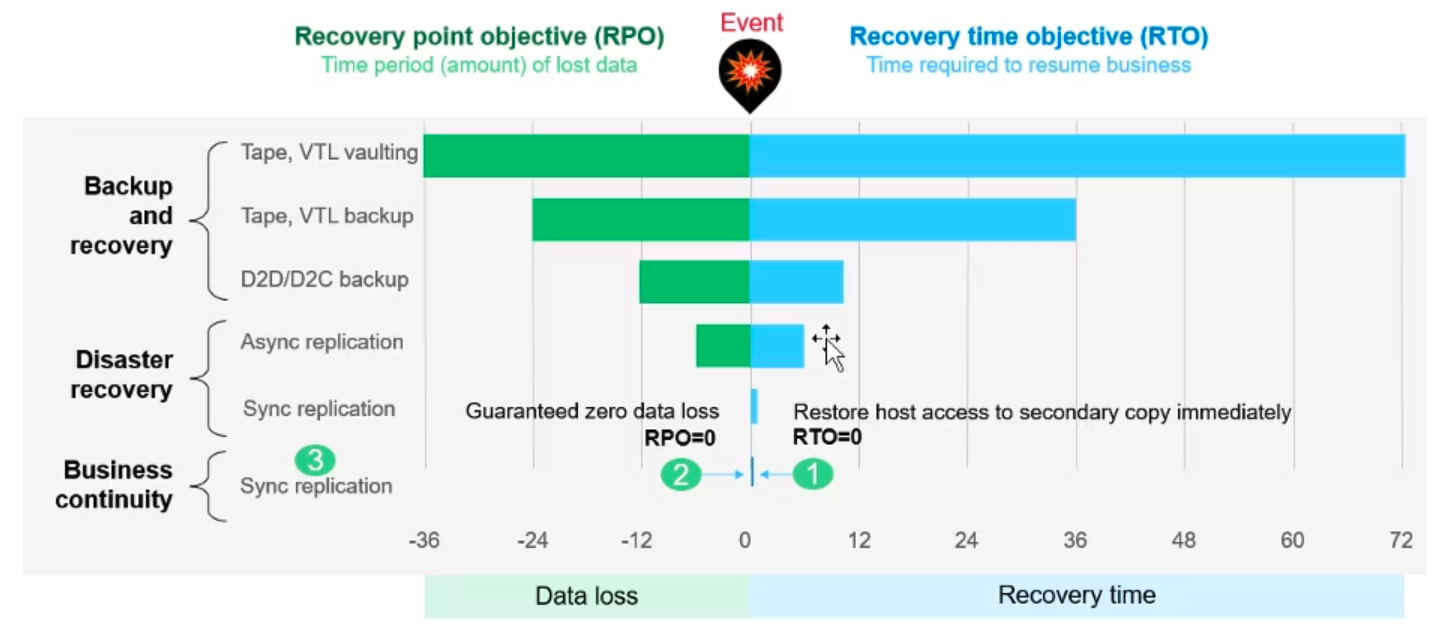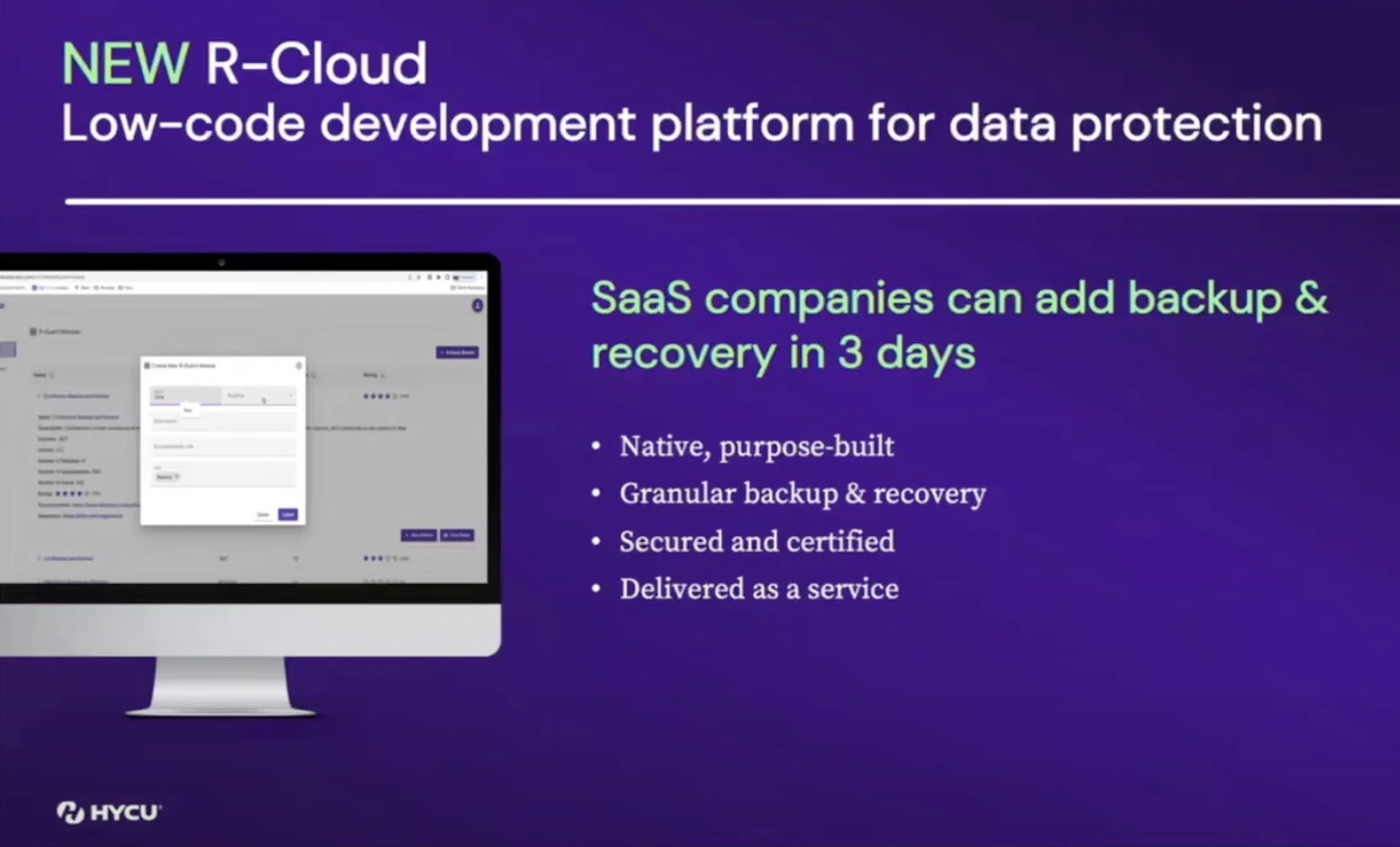Given the immense role of Kubernetes in modern enterprise IT environments, IT organizations need a tool they can use to manage and protect their clustered data. Kasten by Veeam offered such a solution during their Cloud Field Day appearance by way of their K10 product. Here’s what they had to say during their presentation.
The Role of Kubernetes in Cloud Nativity
No longer just a buzzword, cloud nativity drives many decisions around the enterprise IT industry, both from the part of the vendors creating new products to fit the cloud-native bill and that of the organizations consuming said products. The Cloud Native Computing Foundation (CNCF) reported last year in their annual survey of the state of cloud nativity that Kubernetes underlies many of these cloud-native products.
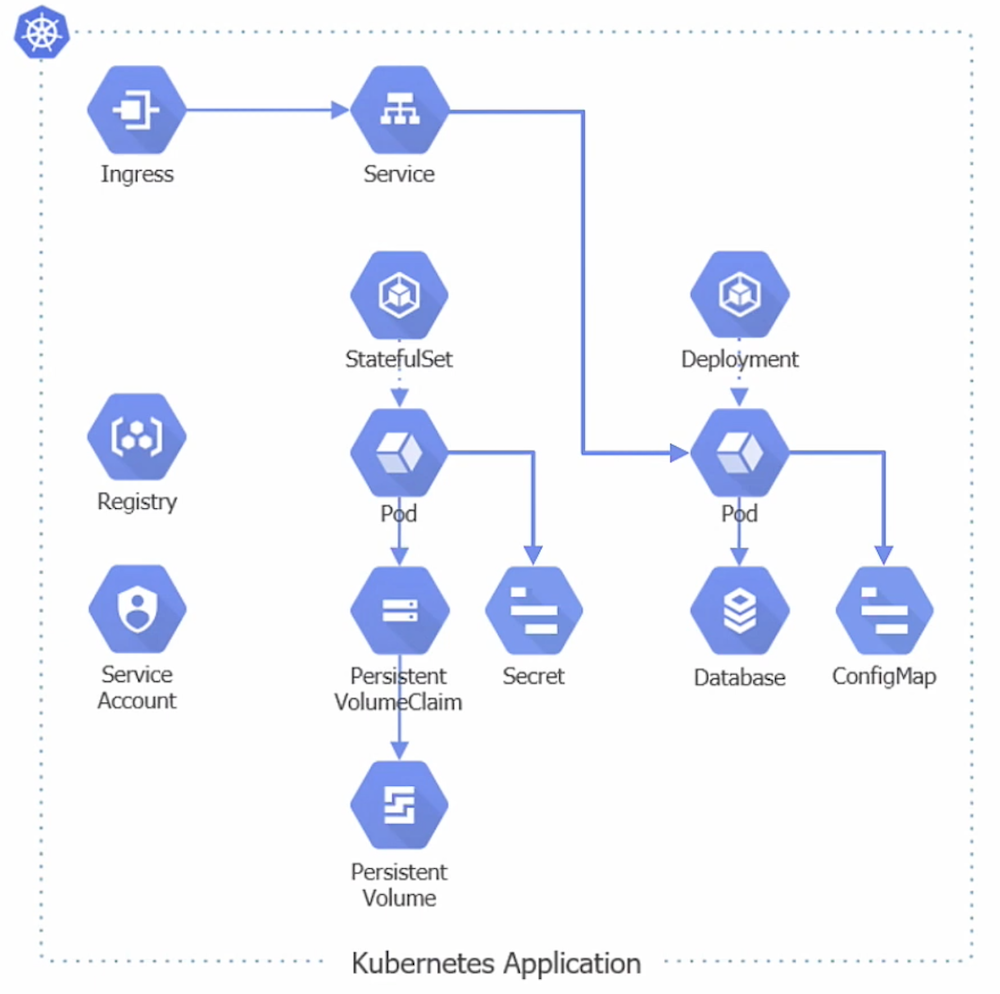
Although this year’s report is still in progress (and still accepting respondents), it’s apparent the tremendous role that Kubernetes and containerization play in modern enterprise. As such, enterprise IT admins need to be able to effectively and securely manage data in their Kubernetes deployments at scale and from the cloud.
Kasten by Veeam and K10
The growing role of Kubernetes in the enterprise serves as a core to the design philosophy behind K10, the cloud-native Kubernetes data protection solution from Kasten by Veeam. From an engineering standpoint, K10 was created from the start to simplify cloud data workflows thanks to its extensibility and a core understanding of the nature of cloud-native application lifecycles.
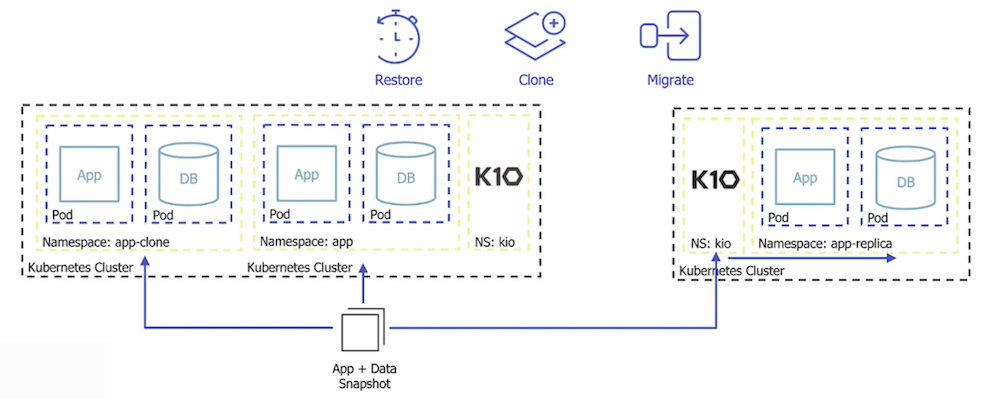
In action, K10 is deployed within a Kubernetes cluster and delivers three core use cases: data restoration, data cloning, and data migration. K10 takes snapshots of both the application itself as well as the data it consumes and generates. Then, using those snapshots, IT practitioners can opt to restore data in the case of a security event like malware or ransomware, clone applications to different parts of the same cluster, or migrate them to an entirely new cluster.
K10, According to One of Its Creators
At June’s Cloud Field Day, Kasten by Veeam’s Director of Engineering, Tom Manville, presented the K10 product and how it relates to the enterprise IT industry as a whole. As a part of his presentation, Manville details the additional actions available with K10.
These are the four actions that occur when K10 users run policies:
- Backup: Using snapshots, K10 creates copies of clusters for disaster recovery and security purposes
- Export: Writes backups to secure external locations
- Import: Intakes backups from external locations and uploads them to application
- Restore: Restores app environment data using backup snapshots
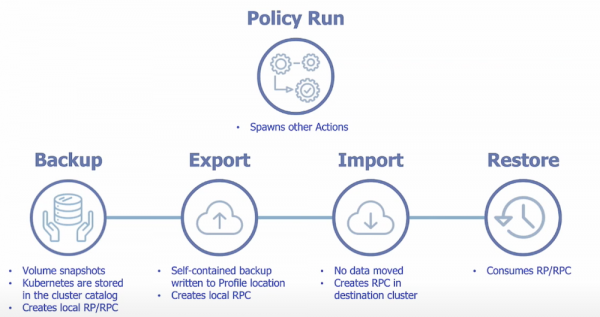
Manville continues, showing how these actions can be performed in a number of ways including via the command line or the K10 console. Such ease of use makes backing up Kubernetes deployments through K10 a breeze.
Zach’s Reaction
Just about any workload benefits from having secure backups, and this rings especially true with Kubernetes deployments. In today’s day and age where security breaches run rampant in the news, having a tool at your side that can protect your cloud-native data is crucial. K10 from Kasten by Veeam does just that.
Learn more about K10 and the rest of the Kasten by Veeam portfolio by visiting their website or watching the rest of their Cloud Field Day presentations.


